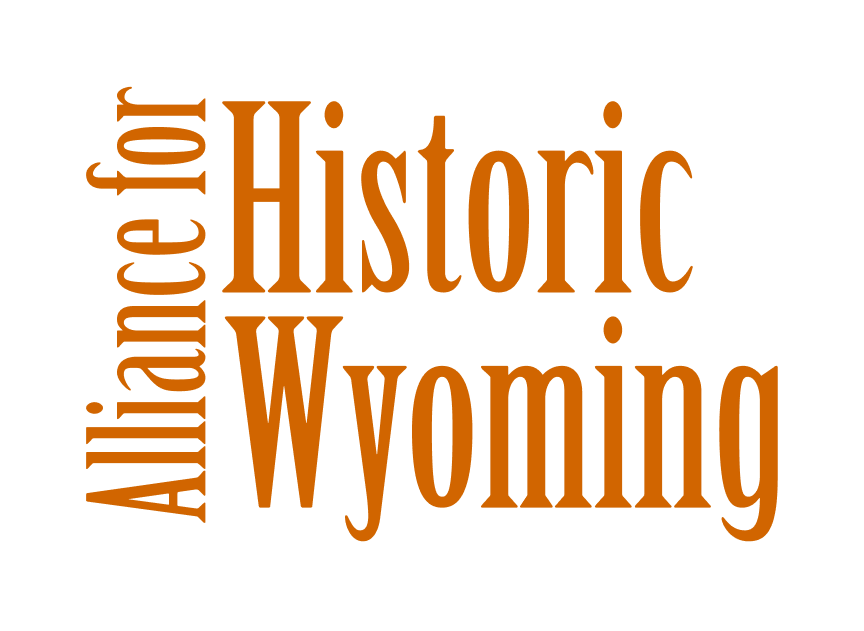By Katherine Kasckow
September 7, 2016
The beautiful construction of the Civilian Conservation Corps stone museum at Guernsey State Park just adds to the beauty of the park with its rustic structure. It’s almost as though you are transported back to the past where the land was wild and growing. You might wonder how it’s remained so beautiful. If you are looking for one specific person or group to credit, look no farther than Roosevelt’s “Tree Army”.
This ragtag army composed of men from ages 18 to 25 were gathered in response to the Great Depression, which began with the greatest stock market crash in history on Tuesday, October 29, 1929. More than 15 million Americans became unemployed after the crash, businesses closed, and banks failed. Franklin D. Roosevelt was elected as the new president of the United States three years into the Great Depression. When he was officially nominated at the Democratic National Convention his speech emphasized hope and success for the future of the United States:
“I pledge you, I pledge myself, to a new deal for the American people. Let us all here assembled constitute ourselves prophets of a new order of competence and of courage. This is more than a political campaign; it is a call to arms. Give me your help, not to win votes alone, but to win in this crusade to restore America to its own people.”[1]
The first moments of Roosevelt’s presidency saw the establishment of the New Deal in the way of banking reform laws, emergency relief programs, work relief programs, and agricultural programs. Programs established in this period were the Civil Works Administration (CWA), Public Works Administration (PWA), Works Progress Administration (WPA), and the “Tree Army,” or the Civilian Conservation Corps (CCC).
The CCC program wasted no time in establishing itself. By June of 1933 there were 1,300 CCC camps within the United States. In Wyoming, 24 camps were created by August of the same year. The camps were scattered throughout Yellowstone and Grand Teton national parks, as well as the Medicine Bow and Bighorn national forests. Each camp housed at least two hundred men, adding up to a total of 4,800 men working within the state organization. Many Wyoming communities wanted more CCC camps due to the need for the construction of dams to control flooding for family ranches. According to Kerry Drake, the CCC “provided jobs for unemployed local carpenters and other workers hired for skilled labor.”[2] This need for camps in Wyoming rose to its peak in 1935 with around 32 camps scattered throughout the federal lands.
Men who worked in the camps were paid a dollar a day; after a month they would make up to thirty dollars each. Since CCC jobs were only given to men who often had family on relief, twenty-five dollars out of their monthly paycheck would be given to their families leaving the men with only five to themselves. Many saw this payment plan of one dollar a day negatively, like Maurice Miller of Chicago who was a group leader at the encampment at Fort Hunt, Virginia. Miller said that “None of the men are going to do any work like that for a dollar a day.”[3] Miller did not take into consideration that the men had room and board paid for.
The CCC Museum in Guernsey State Park provides a memorable view overlooking the reservoir from a cliff. The building is made of hand hewn timbers and hand forged iron with a roof framed with timbers and covered with split cedar shakes and stone walls. The cost of the museum at the time of its construction in the 1930s was $6,000 dollars, or about $1 million in today’s currency. The building has a two-room picnic shelter that still is in pristine shape, and holds a museum which provides information about the history of the land and the geological aspects of the park.
[1] Franklin D. Roosevelt, “Address accepting the Presidential Nomination at the Democratic National Convention in Chicago,” July 2, 1932, Edited by Gerhard Peters and John T. Woolley, The American Presidency Project, accessed July 30, 2016. http://www.presidency.ucsb.edu/ws/?pid=75174
[2] Kerry Drake, “Hard Times and Conservation: The CCC in Wyoming” WyoHistory.org, accessed July 30, 2016, http://www.wyohistory.org/essays/hard-times-and-conservation-ccc-wyoming.
[3] Kerry Drake, “Hard Times and Conservation: The CCC in Wyoming”
LIKE WHAT YOU JUST READ?
- Browse our archive of Historic Places and Spaces Profiles by clicking here.
- To learn about all of our campaigns and initiatives, click here.
- Subscribe to our newsletter to learn more about what’s going on in Wyoming.
- Donate or become a member to help us produce stories, organize events, and be a voice for preservation across the state.
- Like us on Facebook, and follow us on Twitter and Instagram to see our latest updates!




